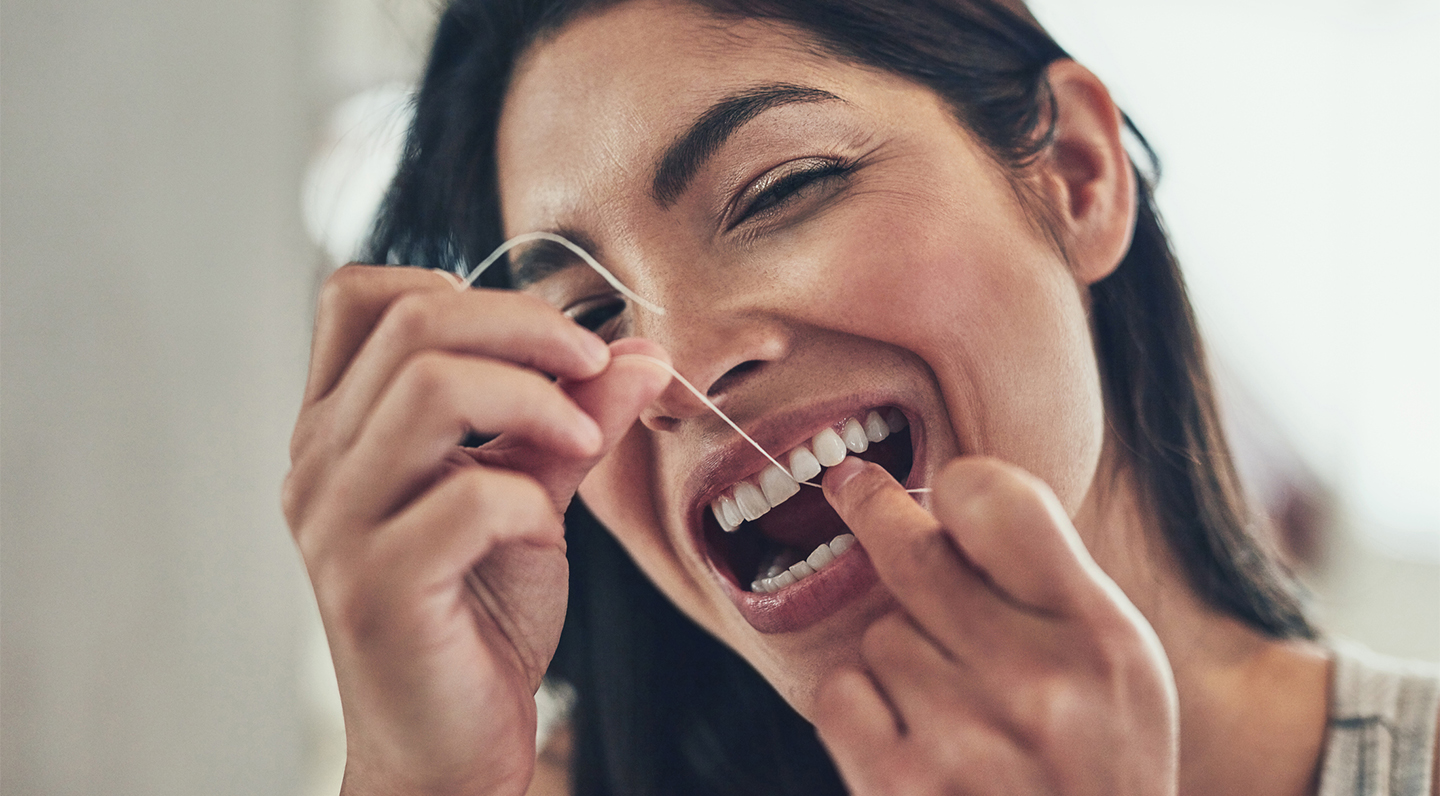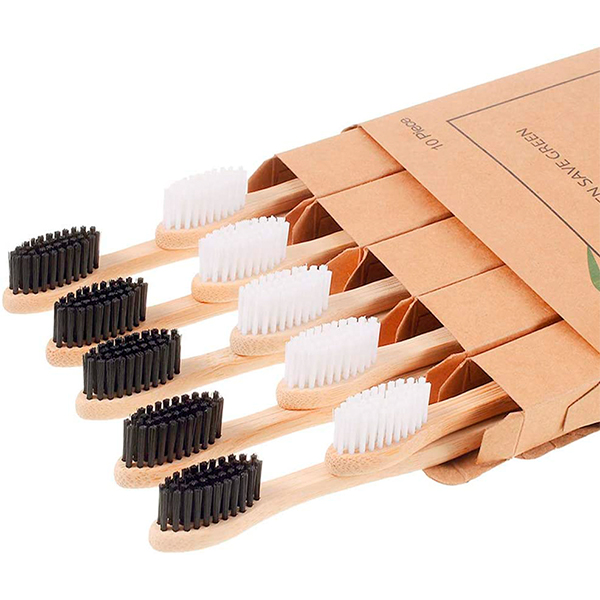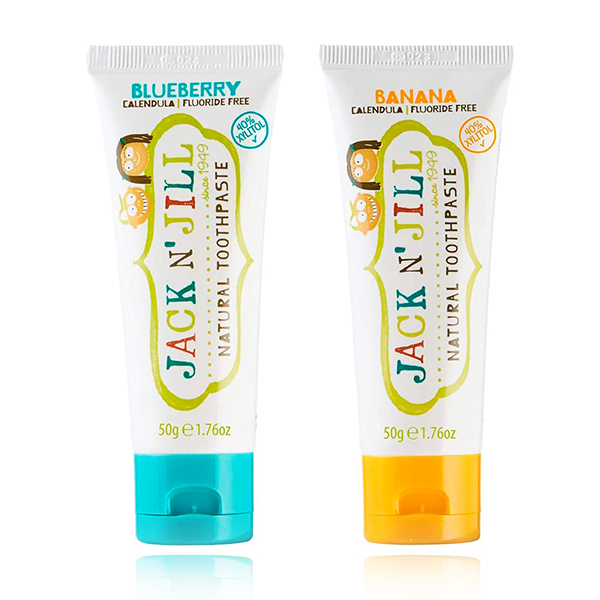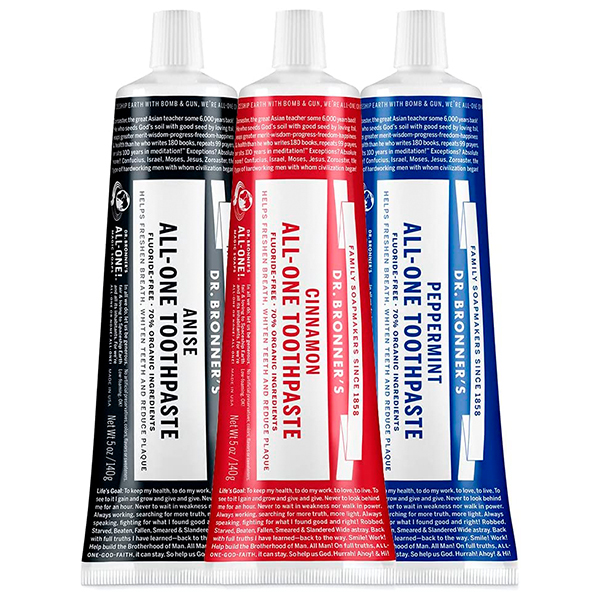The Maed Guide to Detoxing Your Oral Hygiene Routine
MAED Editors
Toothpaste, mouthwash, and dental floss all go in your mouth, which is why it’s important to clean up your oral hygiene routine if you haven’t already. Here’s the catch, though—even if you’ve gone through the process of detoxing your mouth care products, you might still be buying toothpaste and mouthwash that contain harmful ingredients. Yep, just because something is natural doesn’t mean it’s good for you! Here’s what you need to know.
Ingredients to Avoid in Toothpaste, Mouthwash, and Dental Floss
Just like switching to clean beauty products, making the transition to natural toothpaste can be a challenge when you’re used to the sweet flavor and foaminess of conventional toothpaste. Once you get used to it, though, you’ll never go back—your old brand of toothpaste will taste sickeningly sweet and all that lather will make you want to gag!
Here are some artificial and natural ingredients to steer clear of when buying your next tube of toothpaste.
Sodium Lauryl Sulfate (SLS)
When you brush with a conventional toothpaste, you might think all that foam is getting your teeth clean, but artificial foaming agents like SLS serve no real purpose other than making you feel like you’re accomplishing something when you brush. You don’t need them! SLS is known to cause irritation and may cause canker sores in those with sensitivities.
Carrageenan
You’ll find carrageenan in a lot of natural toothpastes because it thickens and stabilizes the product without relying on artificial ingredients. Because carrageenan is a seaweed extract, it may seem innocuous, but it can cause digestive upset and rashes.
Artificial Dyes and Colors
Does your toothpaste really need to be neon blue? Probably not! This is another ingredient that many people have sensitivities to, and since there’s no good reason to include it in toothpaste anyway, it’s best to avoid it altogether. One common dye used in toothpaste, FD&C Blue 1, is derived from petroleum and has the potential to build up in the body over time.

Charcoal
Charcoal is in a number of natural toothpastes and whitening products, promising to remove surface stains from your teeth by scrubbing them away, kind of like a physical exfoliant for your smile. Use it too often, though, and you’ll start to wear away your tooth enamel, which is bad news for your oral health. It leaves your teeth sensitive, prone to cavities, and causes them to appear discolored because underneath the enamel is a layer of dentin, which is yellow.
Parabens
Methyl paraben and ethyl paraben are both used as preservatives in toothpaste and mouthwash. There is concern that parabens are endocrine disruptors, which means they influence the way hormones work in your body and have the potential to impact fertility and reproductive organs. They may also be linked to an increased cancer risk.
Titanium Dioxide
Titanium dioxide nanoparticles give toothpaste its bright white color, but some studies show that these nanoparticles can be absorbed into the bloodstream and could have an impact on the liver and reproductive system with regular exposure.
PFAS
You know that non-stick cookware is bad news, but did you know that the same chemical that helps eggs slip out of a frying pan is used to help dental floss glide between your teeth? Some conventional dental floss uses PFAS, and people who use this floss have elevated levels of PFAS in the blood. Adults with higher levels of PFAS in the bloodstream have a higher risk of kidney and testicular cancer, fertility issues, ulcerative colitis, and high cholesterol, while the substance has been linked to thyroid disease, immune issues, and hormone disturbances in children.
Alcohol
Alcohol is a common ingredient in mouthwash, and while it will disinfect your mouth, it can also cause it to dry out—and a dry mouth is the perfect environment for tooth decay and gum disease. In addition, alcohol is indiscriminate in that it kills both good and bad bacteria, disrupting your oral microbiome. There’s also some evidence that the alcohol in mouthwash can increase the risk of oral cancer.
Fluoride—Maybe
There’s intense debate about whether or not fluoride toothpaste is beneficial or harmful. Some claim the studies showing that fluoride is unsafe used improper methodology and that fluoride is critical to dental health, while others point to the fact that newer studies have more robust evidence that fluoride is a potential neurotoxin. Setting all that aside, even small amounts of fluoride can be hazardous to children, so if you have a toddler, you might want to keep it out of your home. Small hands are quick to get into things, and because kiddos love mimicking their parents, it’s not uncommon for little ones to grab a tube of toothpaste from the sink and put it in their mouths or take a swig from a bottle of bubblegum flavored fluoride rinse.
Creating a Healthy and Clean Oral Hygiene Routine
So now that you know what to avoid, how should you take care of your teeth and gums? Follow these steps and stay tuned for our next post on the best natural oral hygiene products.
- Brush your teeth for two minutes, twice a day with a soft-bristled, BPA-free toothbrush.
- Floss at least once a day, reaching all the way down to the gumline.
- Brush or scrape your tongue with a tongue scraper.
- A mouthwash is optional, but if you choose to use one, try oil pulling or a mouth rinse free of the ingredients listed above.












